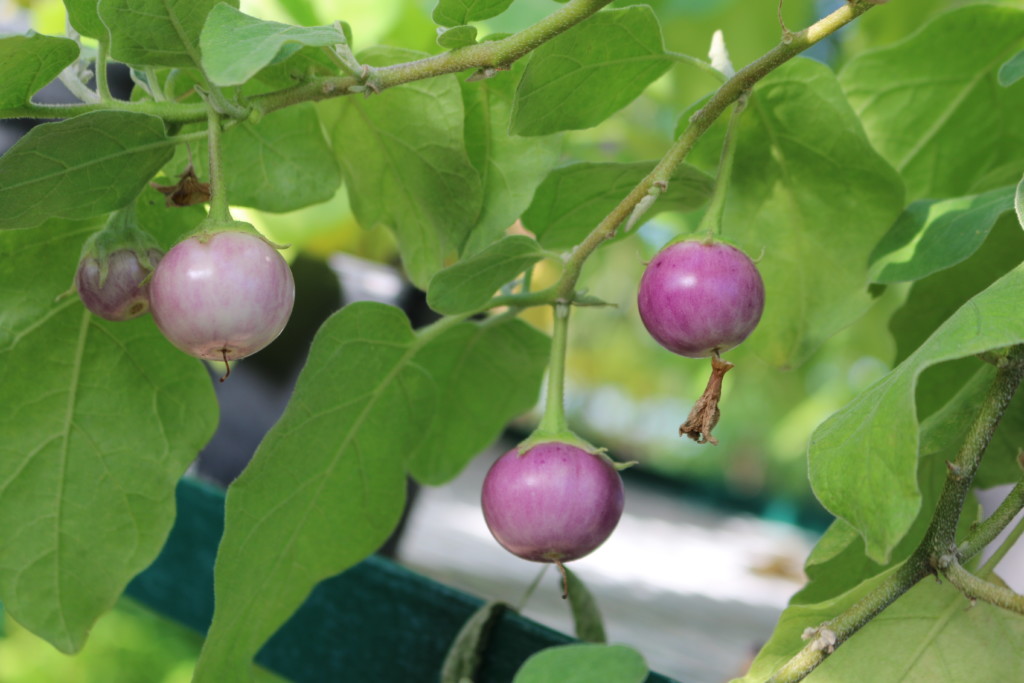
Agrobiodiversity is essential to sustainable agriculture and Neglected and Underutilized Species (NUS) are key elements in it. About 30,000 edible plant species have been identified worldwide; of these, more than 7,000 crop species have been cultivated for food. Currently, fewer than 150 crop species are commercially cultivated; 103 deliver up to 90% of the calories in the human diet, and only four (rice, wheat, maize, and potato) provide 60% of the human energy supply. Thus, tens of thousands of edible plant species are relatively “underutilized” and could be used to increase the food security, nutrition, and income generation of many resource-poor farmers and consumers. These species have high nutritional value and are a good source of phytonutrients, protein, energy, and fiber. Many NUS crops can also be grown on marginal land, intercropped or rotated with staple crops, and easily fit with integrated practices. Many NUS can tolerate various stresses, which will not only make production systems more diverse but more sustainable and climate-resilient. We explore NUS crop germplasm globally and select species that can adapt and successfully cultivate in the humid subtropical climate in Texas, investigate their nutritional properties, introduce them to the small-scale farmers as cash crops, and finally on the American dinner table. We maintain a diverse living germplasm collection of NUS in our greenhouses that are being used for further research.
